by Amanda Rose Newton
The history of citrus growing in Florida is a rich and storied one, filled with triumphs and challenges. The state’s warm climate and fertile soil have made it an ideal location for cultivating citrus fruits.
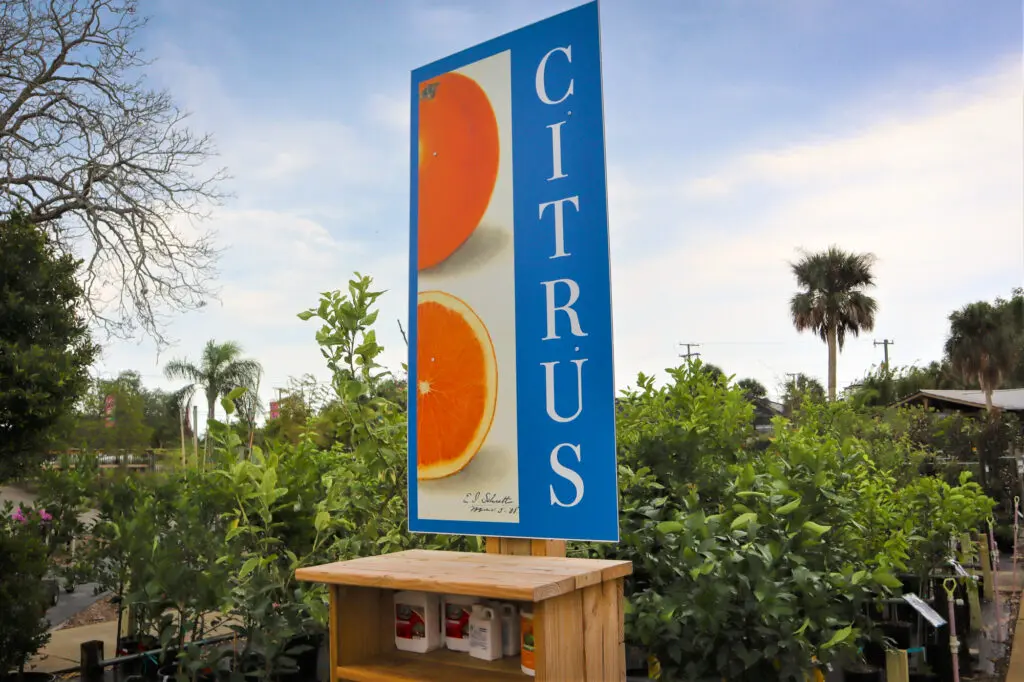
However, in recent years, a devastating disease known as citrus greening has threatened the very existence of Florida’s citrus industry.
In this blog post, we will delve into the history of citrus growing in Florida, explore the impact of citrus greening, and discuss alternatives that growers are exploring to ensure the future of this iconic industry.
The Early Days of Citrus in Florida
The history of citrus in Florida dates back to the 16th century when Spanish explorers introduced citrus trees to the region. Ponce de León, the famous explorer, is often credited with bringing the first citrus trees to Florida in the early 1500s. The ideal climate, with its warm temperatures and abundant sunshine, allowed citrus trees to thrive and the industry began to grow.
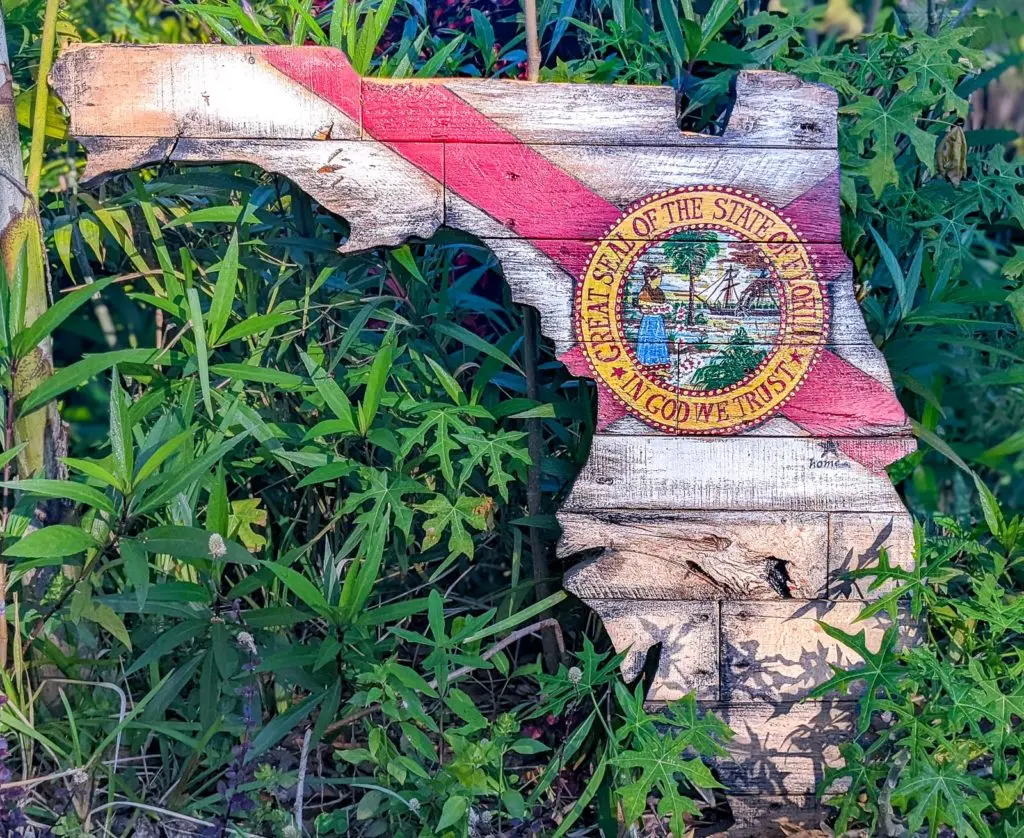
By the 19th century, citrus had become a significant part of Florida’s agriculture. Oranges, grapefruits, lemons, and limes became staple crops, and the state earned the nickname “The Citrus State” taking from the state motto, “The Sunshine State.” Florida’s citrus industry flourished, with technological advancements like irrigation and improved transportation that allowed for efficient distribution. In Brevard, oranges and grapefruits grew everywhere thanks to the climate regulated by the Indian River Lagoon.
The Rise of Citrus Greening
However, the industry faced a grave threat in the early 2000s with the emergence of a devastating disease known as citrus greening, scientifically referred to as Huanglongbing (HLB). HLB is a bacterial disease spread by a tiny insect called the Asian citrus psyllid. When trees become infected with HLB, they produce small, misshapen, and bitter fruit, making them unsuitable for commercial harvesting. Infected trees often die within a few years.

Citrus greening rapidly spread across Florida, decimating groves and causing significant economic losses. This disease posed an existential crisis to Florida’s citrus industry, with some experts even suggesting that it might lead to its complete collapse.
Efforts to Combat Citrus Greening
The battle against citrus greening has been a long and challenging one. Growers, researchers, and policymakers have joined forces to combat the disease.
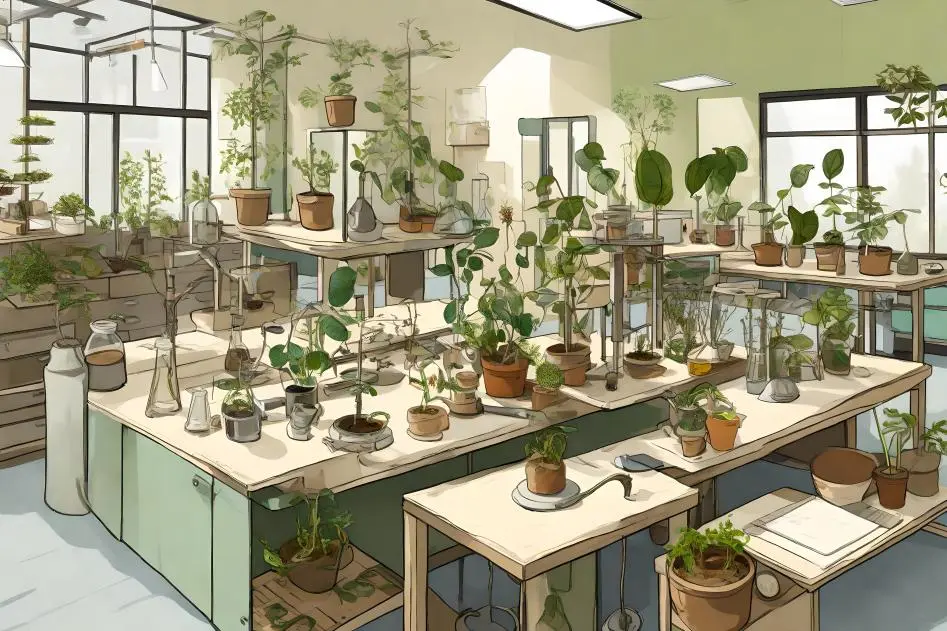
Some of the key strategies employed include:
- Psyllid Control: Efforts to control the Asian citrus psyllid through insecticides, biological control methods, and trapping have been implemented to reduce the transmission of HLB.
- Disease Management: Researchers have worked on developing disease-resistant citrus varieties through genetic modification and traditional breeding methods.
- Nutrient Management: Improved nutrient management practices have been adopted to help infected trees recover and produce better-quality fruit.
- Rootstock Selection: Growers have experimented with different rootstock varieties that may offer some resistance to the disease.
Despite these efforts, citrus greening remains a significant challenge and there is no easy solution in sight. As a result, growers have been forced to explore alternatives to traditional citrus cultivation.
Alternatives to Citrus
In the face of the citrus greening crisis, Florida’s citrus industry has had to diversify and adapt. Some of the alternative strategies being pursued include:
Specialty Citrus: Growers are focusing on niche citrus varieties like tangerines, kumquats, and calamondins that have shown some resistance to HLB.
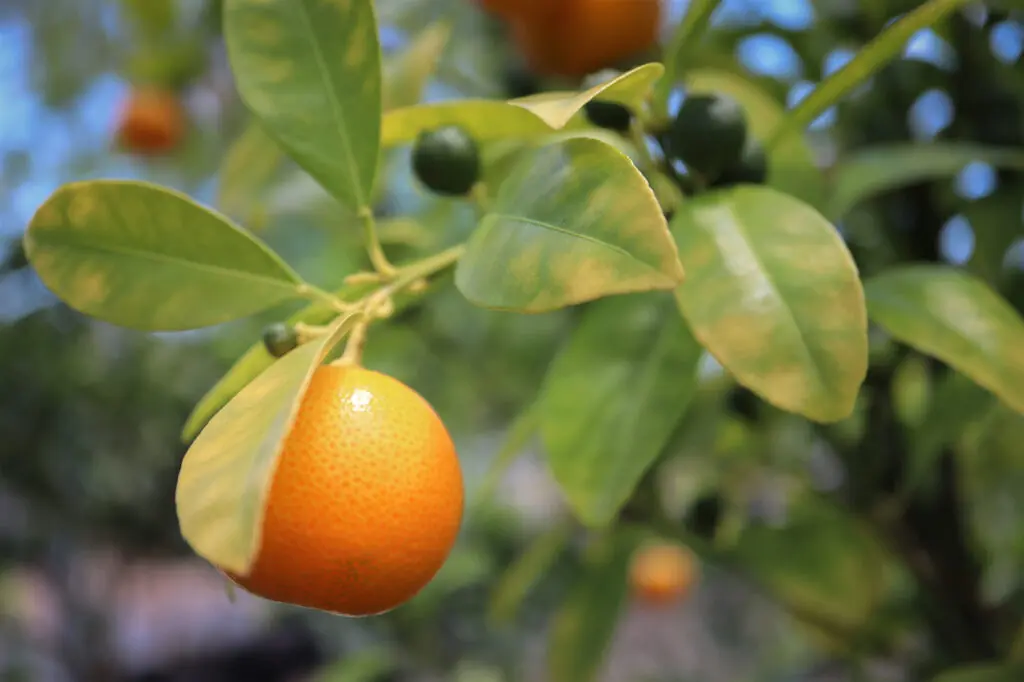
Other Fruit Crops: Some citrus farmers have transitioned to growing alternative fruit crops such as blueberries, strawberries, and peaches.
Hydroponics and Controlled Environment Agriculture: Indoor hydroponic and controlled environment agriculture systems are being explored to protect crops from exposure to the psyllid and HLB.
Citrus Research Centers: Investment in research centers dedicated to finding HLB-resistant citrus varieties and innovative cultivation techniques. This information is passed directly to growers and they often host field days.
Citrus Substitutes: The development of citrus-flavored products using other fruits like apples or pears to mimic the taste and aroma of traditional citrus fruits. While not quite the same, the novelty may prove economically viable for growers.
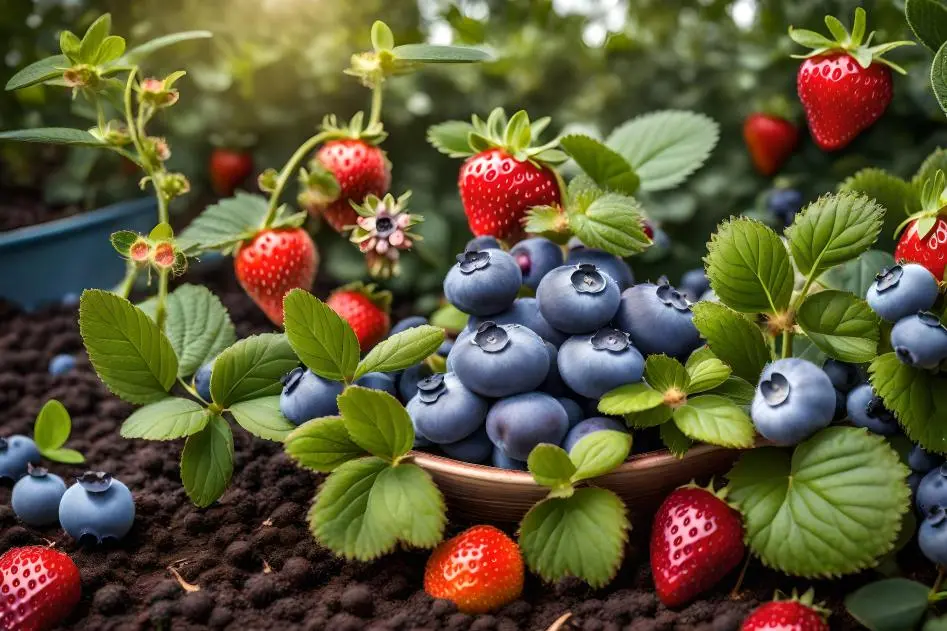
The history of citrus growing in Florida is a testament to the state’s agricultural prowess, but the menace of citrus greening has posed a significant challenge. While the battle against this devastating disease continues, Florida’s citrus industry is exploring alternative crops and cultivation methods to ensure its survival.
The future of citrus in Florida may look different from its storied past, but the determination of growers and the innovation of researchers offer hope for a thriving industry in the years to come.
For more information on growing citrus, citrus disease management, and types of citrus fruit, check out our curated collection of Information Sheets.


